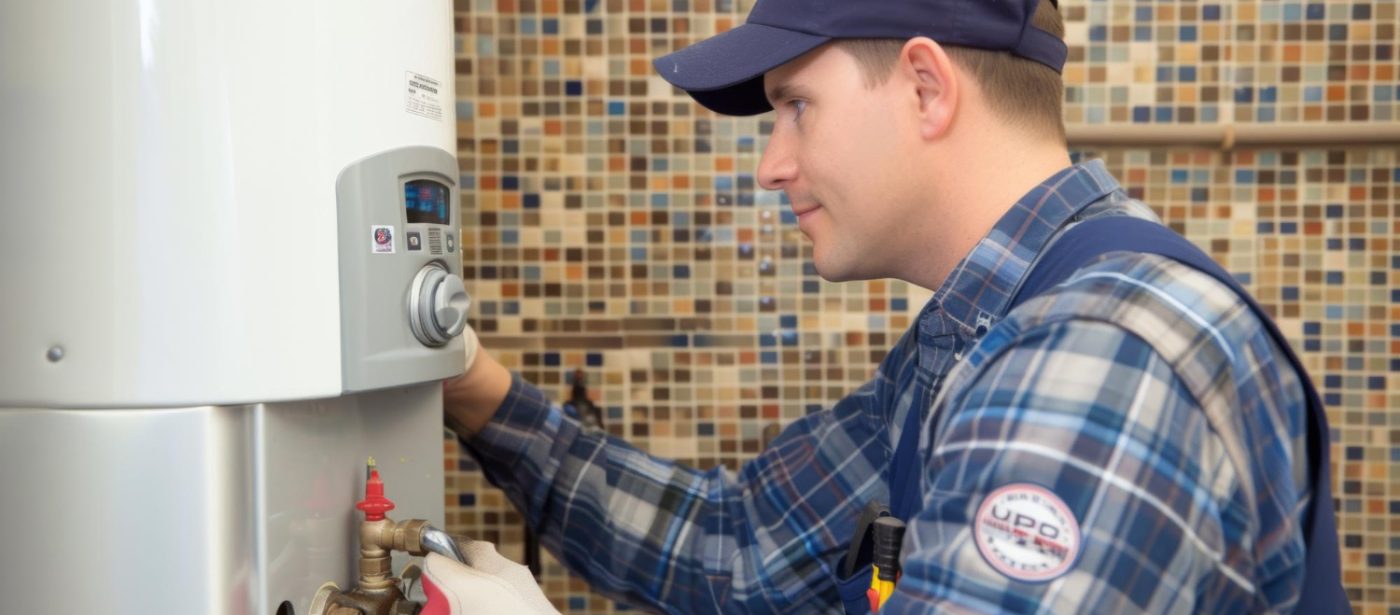Furnace repair can be challenging when electrical problems arise. Identifying these issues early can prevent more significant problems and ensure your home remains warm and safe. Understanding the typical electrical issues that affect furnaces will help you troubleshoot and decide when to call our professionals for assistance.
Common Electrical Issues in Furnaces
Understanding common electrical issues in furnaces is crucial for effective furnace repair. These issues can disrupt your home’s heating system and lead to more significant problems if left unaddressed.
1. Blown Fuses:
- Causes: Blown fuses can occur due to overloaded circuits or faulty wiring.
- Signs: When a fuse blows, the furnace will stop working entirely, and the home may feel colder than usual.
2. Tripped Circuit Breakers:
- Causes: Circuit breakers can trip if the furnace draws too much power, possibly due to a malfunctioning component.
- Signs: A tripped breaker will cut off power to the furnace, causing it to stop running. Homeowners may notice the breaker switch in the off position.
3. Faulty Wiring:
- Causes: Wires may become loose, corroded, or damaged over time.
- Signs: Faulty wiring can cause intermittent operation, flickering lights, or a burning smell near the furnace.
4. Thermostat Issues:
- Causes: Thermostats can malfunction due to battery issues, calibration problems, or wiring faults.
- Signs: The furnace may not respond to temperature changes, or the display might be blank or flashing.
By identifying these common electrical issues, homeowners can take proactive steps to address minor problems and recognize when professional help is needed.
DIY Troubleshooting Steps for Electrical Problems
While some furnace electrical issues require professional expertise, certain problems can be resolved with simple DIY troubleshooting steps. Here are some methods to fix common furnace problems:
1. Blown Fuses:
- Inspect the Fuse Box: Locate the furnace fuse and check if it’s blown. Replace it with a new one of the same rating.
- Check for Overloads: Ensure that the electric load does not exceed the fuse’s capacity.
2. Tripped Circuit Breakers:
- Reset the Breaker: Find the furnace’s circuit breaker and reset it by flipping it to the off and then back to the on position.
- Distribute the Load: Avoid overloading the circuit by distributing electrical appliances across different circuits.
3. Loose Wiring:
- Inspect Connections: Turn off the power and check for loose or disconnected wires at the furnace and thermostat.
- Tighten or Replace Wires: Tighten any loose wires or replace damaged ones using wire nuts and proper tools.
4. Thermostat Issues:
- Replace Batteries: If the thermostat is battery-powered, replace the batteries to ensure proper operation.
- Recalibrate or Replace: Recalibrate the thermostat if it shows incorrect temperatures, or replace it if it’s faulty.
These troubleshooting steps can resolve common furnace electrical problems quickly. Always ensure the power is turned off before performing any repairs to avoid safety hazards. For more complex issues or if DIY steps do not resolve the problem, it’s best to contact our professionals for a thorough inspection and repair.
When to Call Professionals for Furnace Repair
Recognizing when to call our professionals for furnace repair can save time and prevent further damage. Here are the key signs that you need expert help:
1. Persistent Electrical Problems:
If your furnace frequently blows fuses or trips circuit breakers, these are signs of deeper electrical issues that need professional attention. Continuous problems can indicate a severe underlying issue that DIY fixes cannot resolve.
2. Abnormal Noises:
Unusual sounds such as buzzing or humming may suggest electrical components are malfunctioning. These noises can be dangerous and should be inspected by our professionals to prevent potential hazards.
3. Burning Smell:
A persistent burning smell from your furnace is a serious warning sign. This could indicate overheating or burnt wires. Turn off your furnace immediately and call our technicians to check and fix the problem safely.
4. Furnace Not Responding to Thermostat:
When the furnace fails to respond to thermostat changes, it may be due to wiring issues or a faulty control board. Our professionals can diagnose and repair these complex issues efficiently.
Regular maintenance can prevent many problems, but persistent or severe issues warrant professional expertise. Ignoring these signs can lead to more significant damage and increased repair costs.
Preventative Maintenance for Furnace Electrical Systems
Preventative maintenance is essential to keep your furnace’s electrical system working efficiently. Here are some key steps to maintain your system:
1. Regular Inspections:
Schedule regular inspections with our professionals. They can identify and correct minor problems before they escalate into major issues. Inspections typically include checking wiring, connections, and components for signs of wear or damage.
2. Clean and Replace Filters:
Dirty filters can cause the furnace to overwork, affecting the electrical system. Regularly cleaning or replacing filters helps maintain efficient operation and reduces strain on electrical components.
3. Tighten Electrical Connections:
Ensure all electrical connections are secure. Loose connections can cause arcing, overheating, and potentially dangerous situations. Our technicians can check and tighten connections during routine maintenance visits.
4. Inspect Belts and Motors:
Worn or damaged belts and motors can affect the furnace’s electrical load. Regularly inspect and replace these parts as needed to prevent electrical problems.
5. Check Thermostat Settings:
Ensure that your thermostat settings are correct and functioning. Incorrect settings or faults can lead to electrical issues in the furnace. Periodic checks can help maintain accuracy and efficiency.
By following these preventative measures, you can enhance the reliability and lifespan of your furnace. Regular maintenance reduces the likelihood of unexpected breakdowns and keeps your heating system running smoothly.
Conclusion
Furnace repair, particularly concerning electrical issues, is vital for maintaining a comfortable and safe home environment. Understanding common electrical problems, troubleshooting minor issues, and knowing when to seek professional help ensure your furnace operates efficiently. Preventative maintenance further supports the longevity and effectiveness of your furnace, helping you avoid costly repairs and inconvenient breakdowns.
Maintaining your furnace’s electrical system requires attention and care, but the benefits of a properly functioning heating system are well worth the effort. Whether it’s addressing minor issues or conducting regular inspections, taking the necessary steps will keep your home warm and safe.
For expert assistance with furnace repair in Minnetonka, trust the experienced team at Stafford Home Service Inc. Our professionals are dedicated to keeping your furnace running smoothly. Contact us today to schedule an inspection or service, and ensure your home’s heating system is in top condition.








